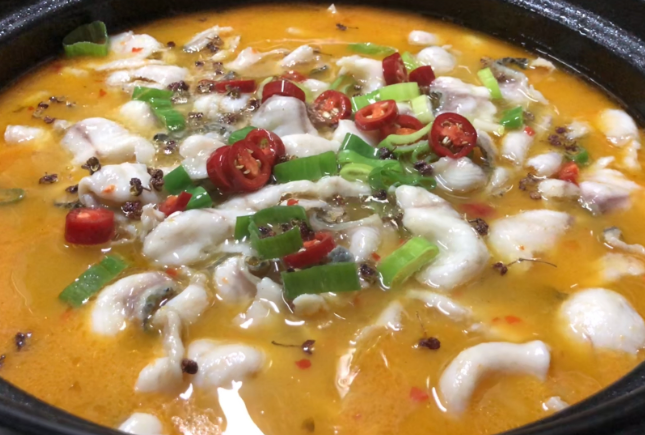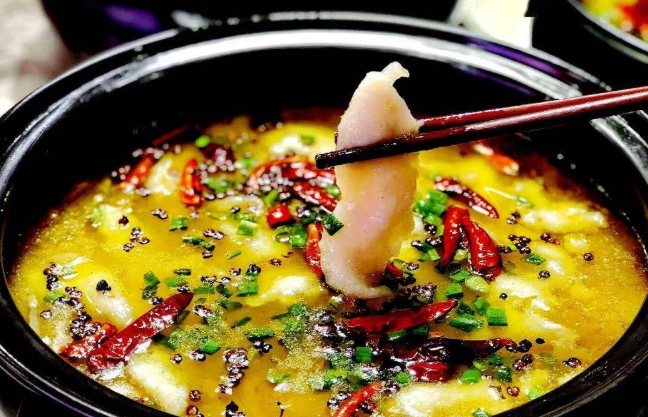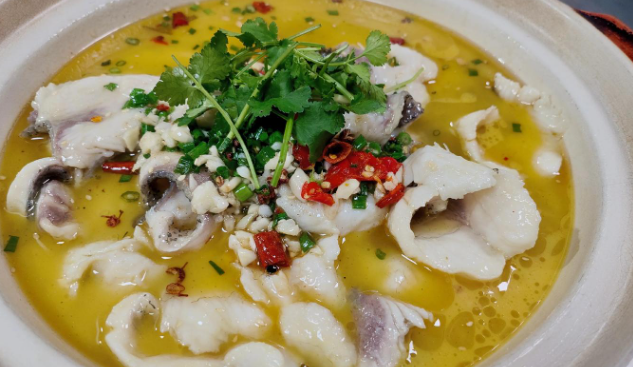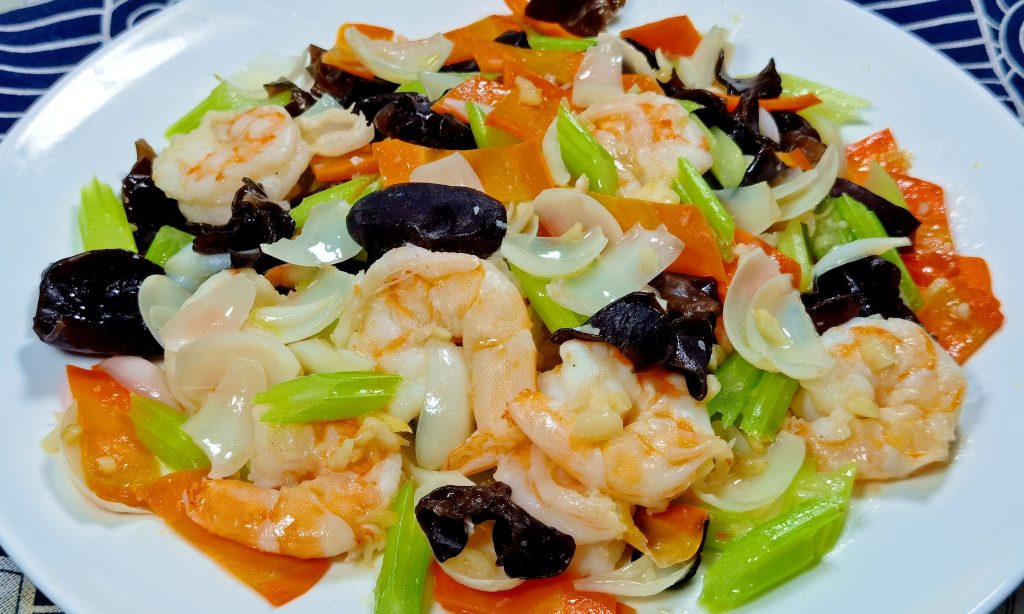Chinese cuisine is known for its rich diversity, blending traditional flavors with innovative creations. One dish that once captured the nation’s taste buds is Suan Cai Yu (pickled fish), a Sichuan specialty originating from the Jiangjin region of Chongqing in the 1980s. Known for its spicy, sour, and fresh flavors with tender fish slices, it was a must-order in restaurants across China.
However, in recent years, Suan Cai Yu has seen a decline in popularity. Food enthusiasts and netizens have pointed out four key reasons for this shift.
1. Loss of Novelty
The initial surge in popularity was due to its unique flavor combination. Between 2010 and 2017, the number of Suan Cai Yu restaurants nationwide skyrocketed from 13,000 to 30,000, making it a common sight in malls and food streets.

As with many food trends, once a dish becomes ubiquitous, consumers naturally experience taste fatigue. Many diners confessed that seeing “Suan Cai Yu” on a menu now feels repetitive, like watching the same TV show every day—regardless of how good it once was.
2. Lack of Innovation
While variants such as tomato-flavored or golden soup versions have appeared, they largely remain the same “fish + pickled vegetables” formula. In contrast, the hotpot and bubble tea industries regularly introduce new broths, dipping sauces, and seasonal flavors. Suan Cai Yu menus, however, often remain unchanged for years, frustrating repeat customers who crave novelty.
Food critics have noted: “Five years ago, it was just Suan Cai Yu with rice. Five years later, it’s exactly the same—even the garnish arrangement hasn’t changed.” Without meaningful innovation, the once-celebrated dish risks falling into the same decline as other former food trends.

3. Prepackaged Ingredients Diminish Quality
One major problem lies in the kitchen. Over 90% of restaurants now use frozen fish slices, prepackaged pickled vegetables, and flavoring sachets. While standardized preparation improves efficiency, it sacrifices the fresh taste and texture.
Previously, dishes were made with fresh black fish or grass carp, offering a tender and springy texture. Today, frozen basa or sole is common, which, after thawing, results in a mushy texture and bland flavor. Long-time fans lament: “The fish used to be chewy, now it feels like cotton. The soup used to soak three bowls of rice, now it leaves the mouth dry.”
Additionally, food safety concerns have intensified. In 2024, major media outlets exposed certain prepackaged food suppliers using substandard ingredients, further eroding trust. When consumers associate Suan Cai Yu with prepackaged frozen fish, the dish loses its soul.

4. Rising Prices
Finally, the cost factor plays a significant role. Initially, Suan Cai Yu was an affordable dish, around 40 RMB per person, making it widely accessible. Today, prices in major cities often approach 100 RMB per person, surpassing many hotpot and stir-fry restaurants.
Consumers quickly realized that spending more for prepackaged fish no longer represented value. One diner calculated: “128 RMB for a small portion of fish—why not spend the same on a hotpot with ten different ingredients?” When price rises outpace quality, even the most beloved dish loses appeal.
Conclusion
The rise and fall of Suan Cai Yu highlights a simple truth in the food industry: quality matters above all. When businesses cut corners or fail to innovate, consumer loyalty quickly fades. From sold-out tables to empty seats, the story of Suan Cai Yu serves as a reminder that taste, freshness, and value remain the ultimate determinants of lasting popularity.
References:
- Wang, L. (2019). The Evolution of Sichuan Cuisine in Modern China. Food Culture Journal, 12(3), 34-47.
- Chen, Y. (2021). Trends in Chinese Fast-Casual Dining. Beijing Culinary Press.



